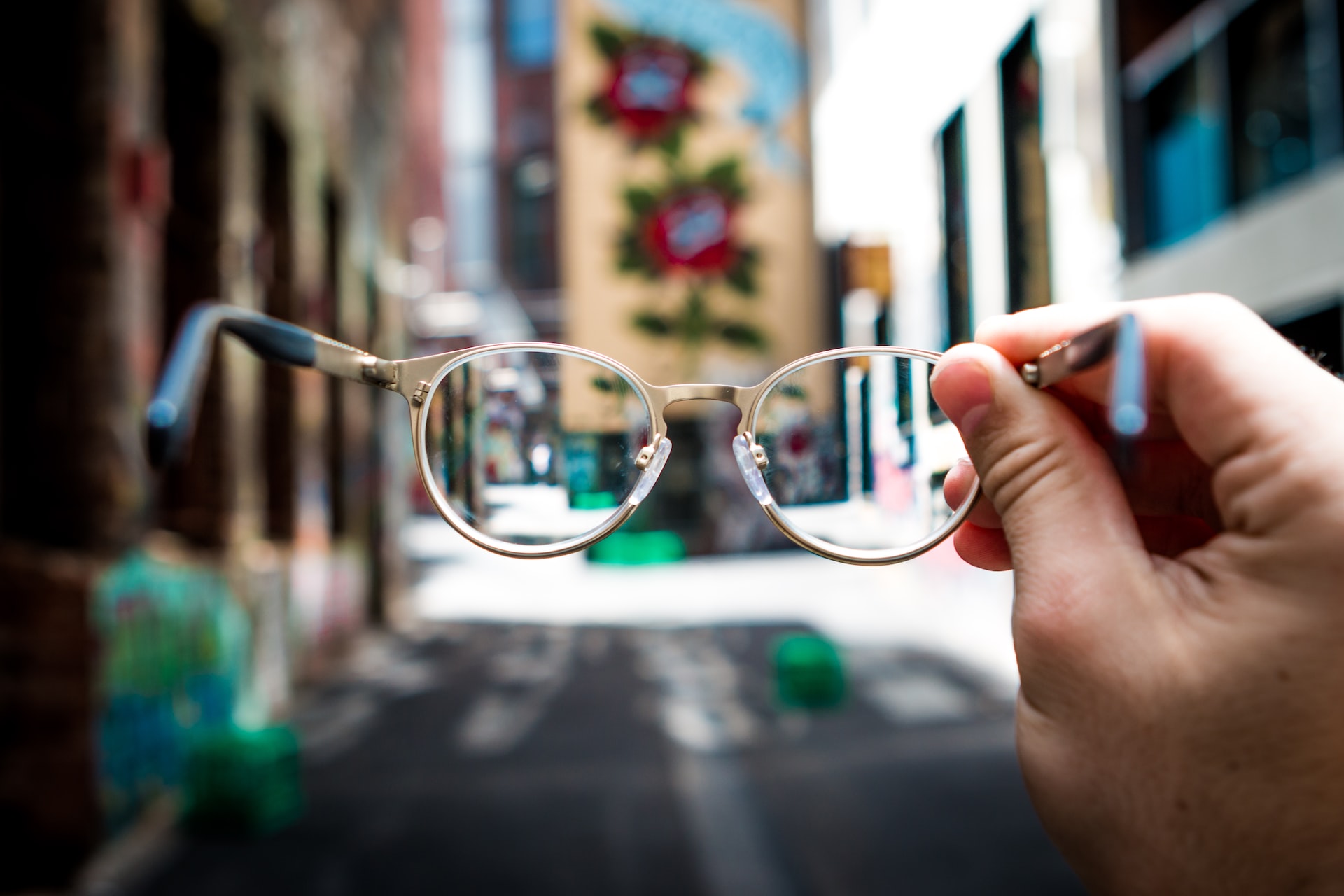Hand-eye coordination and dexterity are important components of Montessori education. The term is used to describe the ability to coordinate body parts with eyes and hands. It also includes the ability to manipulate objects with precision and accuracy.
These two aspects are essential for developing children’s cognitive, physical, social, emotional, and even spiritual growth. A child’s hand-eye coordination is fully developed by age five, allowing them to start differentiating between left and right hands as they learn how their bodies work together.
80% of brain development takes place during childhood, so it is crucial that we provide our young ones with all of the tools necessary for optimal performance throughout their lives!
What is hand-eye coordination?
Hand-eye coordination is the ability to use both hands together. This skill is important for children to develop as they use their hands to grasp objects and make things.
For example, when a child picks up a spoon, he or she must be able to move their hand and wrist in order to pick up food from a bowl or plate. The child must also coordinate his/her eyes with what he does with his hands in order for him/her not only pick up the food but also put it into his/her mouth without dropping anything!
As you can see, hand-eye coordination takes time for kids (or adults) who are just learning how this skill works. So does Montessori education! In fact, I think we should all take note here: Learning how something works takes time. Developing skills takes practice. Mastering something requires patience…and so on!
Why is hand-eye coordination important in Montessori education?
Hand-eye coordination is important for children to learn. In the classroom, children use their hands to explore and discover new things.
They are encouraged to use these skills in order to develop their understanding of the world around them. For example, if you give your child a toy car and ask them what they can do with it, they may say that they push it across the floor or drive it into walls (if you’re lucky).
This shows us how important hand-eye coordination is because, without this ability, we would not know how far away something was from us!
Hand-eye coordination is also important for expressing ourselves creatively through art or music lessons at school. If we didn’t have this ability, then everything would feel very dull because our minds wouldn’t be able to create new ideas using our senses, like sight and sound together, which make up most human expression today!
How do we develop hand-eye coordination?
Here at Montessori Novi Sad center, we prefer the use of materials that require hand-eye coordination is an important part of Montessori education. Hand-eye coordination is developed by the child during the course of his or her daily activities, as they use their hands and eyes together to complete tasks.
For example, when a child is given a ball and told to roll it across the floor, he or she will pick up on how to move his/her body so that he/she can successfully roll the ball across the room without dropping it or losing control over its movement.
The same principle applies when using manipulatives such as blocks and puzzles. These toys are designed specifically for children learning how best to use their senses together to achieve certain goals (such as stacking blocks).
When using these types of materials at home or school, look for ones with lots of different shapes so kids have something interesting about each piece. The more interesting something looks visually (and feels!), generally speaking
The activities that help with hand-eye coordination and dexterity in Montessori education
Hand-eye coordination is a skill that takes time to develop. It’s important for many aspects of life, from learning to read and write to playing sports or musical instruments. A child’s hand-eye coordination can be developed through practice, but it’s also something they will learn on their own as they grow up.
It’s important to remember that each child learns at their own pace and in their own way. If your child seems behind other children his age in developing this skill set, don’t worry! Focus on helping him build confidence by reminding yourself that he is doing just fine. Keep working with him until he masters each activity you give him or her!
Hand-eye coordination is a skill that takes time to develop
This is a skill that takes time to develop. It’s important for many things, including sports and art.
Hand-eye coordination is a developmental milestone in the Montessori curriculum. This is because it can indicate how well a child will perform in the classroom environment. A child with good hand-eye coordination can complete their work without assistance from an adult or peer.
They’ll also have fewer behavioral problems at school. This is because they’re more engaged with their surroundings and less likely to get bored or frustrated by their work.
Conclusion
The hand-eye coordination and dexterity skills are important for Montessori students to develop. These skills allow children to be better prepared for the academic rigors of school and life beyond the classroom. They also help with fine motor skills. Fine motor skills are vital for handwriting and other activities requiring precision in movements, such as sewing or knitting.
